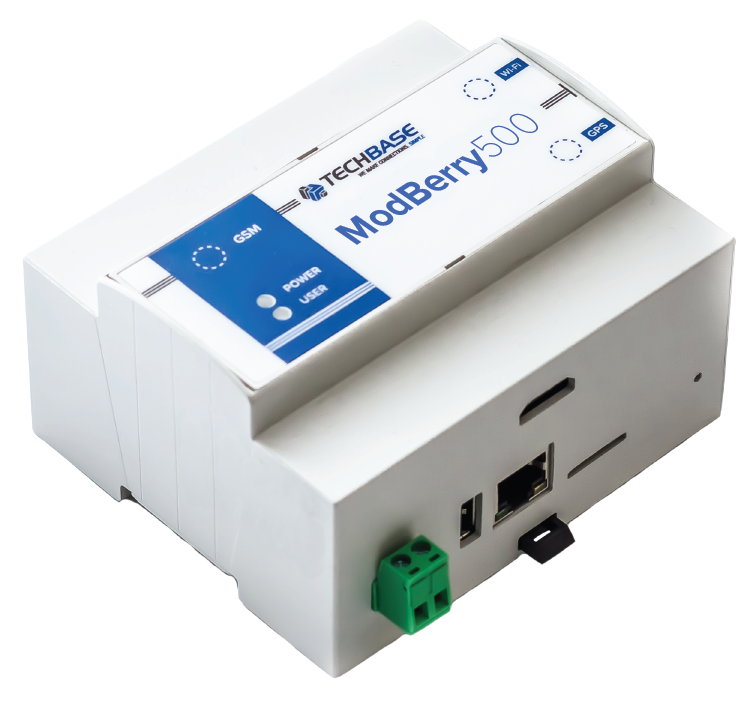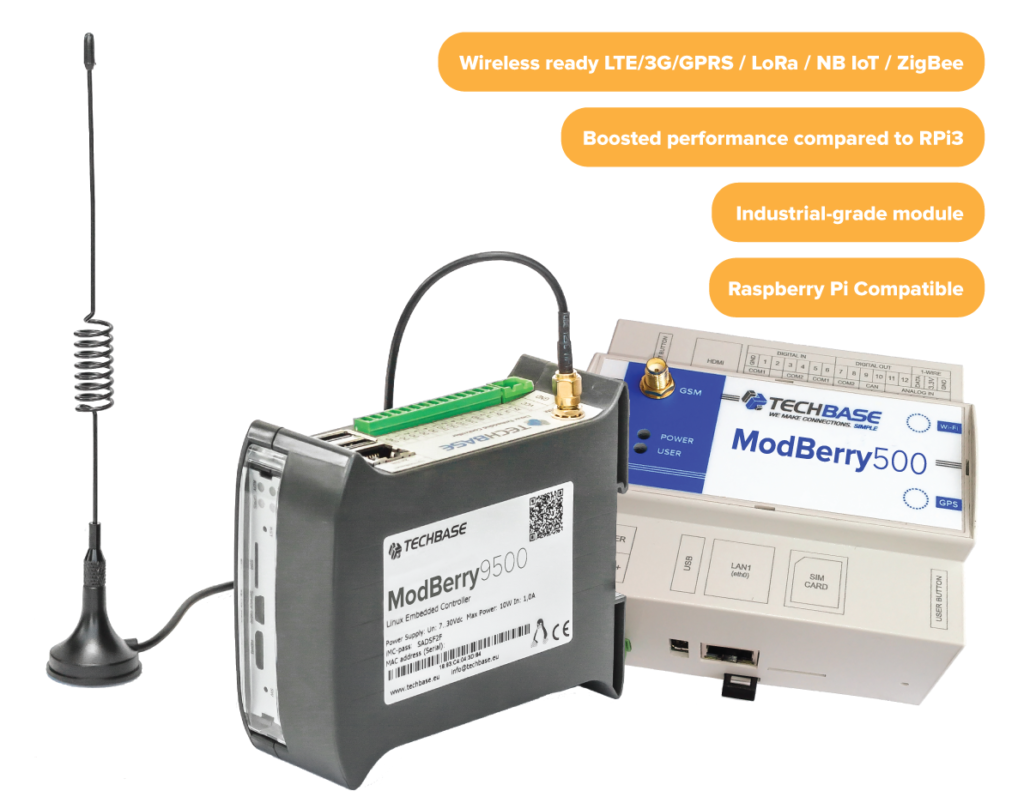If you’re looking for a useful tool for long-lasting Raspberry Pi, such as longer battery life or automatic power on / off, this HAT power management is the perfect choice.
This HAT can significantly increase battery life by automatically starting the device for a certain time and automatically switching it off at another time. It can be configured to monitor the Raspberry Pi voltage / current status in real time and turn off the Pi according to the operating status. In addition, the kit includes a convenient power switch for easy on / off (soft shutdown of Pi by software), preventing data loss due to power disconnection.
Raspberry Pi Power Management HAT specification
- MCU – Microchip ATmega328P-AU MCU
- Storage – CAT24C32 EEPROM
- USB – 1x micro USB port for serial communication via CP2102 UART to TTL chip
- RPi Interface – 40-pin Raspberry Pi GPIO header
- Misc
- NXP PCF8523 RTC & calendar chip + CR1220 battery holder
- DEBUG switch (9) to either:
- Power directly Raspberry Pi board
- Let the “Arduino” MCU manage the power supply
- UART selection (15)
- A – Access Arduino via USB to UART
- B – Control the Raspberry Pi by Arduino
- C – Access Raspberry Pi via USB to UART
- Power/User and Reset buttons
- Status and Power LEDs
- Power Supply
- PH2.0 connector for 7~28V regulated power supply or lithium battery
- Monolithic Power MP1584 switching regulator
- Protection circuits such as reverse-polarity, overcurrent, etc…
- Voltage/current monitoring circuits
- Dimensions – 65 x 56.5 mm (Raspberry Pi HAT)
Industrial use of Raspberry Pi Compute Module 3+
With Compute Module 3+ options from Raspberry Pi, TECHBASE upgraded their ModBerry 500/9500 industrial computers. From now on the ModBerry 500/9500 can be supported with extended eMMC, up to 32GB. Higher memory volume brings new features available for ModBerry series. One of the options is SuperCap power support.
Higher performance of ModBerry 500/9500 with extended eMMC flash memory, up to 32GB , powered by quad-core Cortex A53 processor allows the device to smoothly run Windows 10 IoT Core system, opening up many possibilities for data management, remote control and visualisation.






















